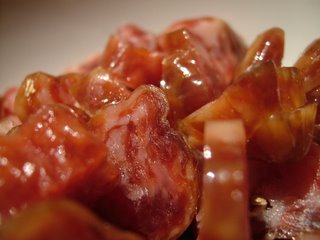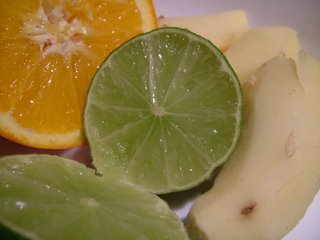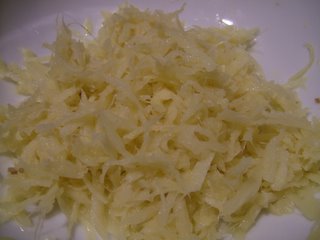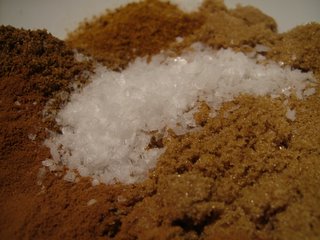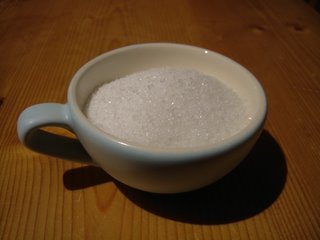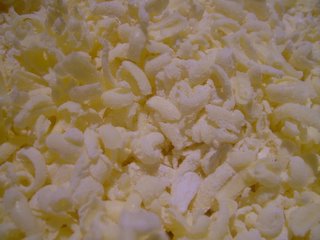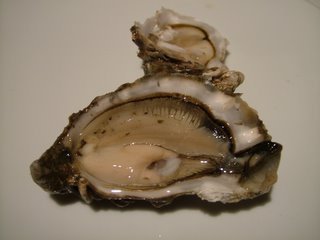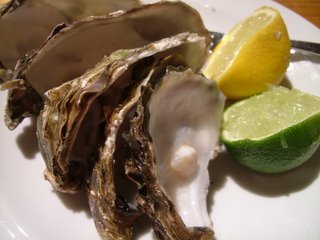 It’s nearly Christmas. The family is descending upon the Uptonarium, and this calls for finger foods which I can freeze and cook quickly, with the minimum of fuss. Not for me, though, the supermarket mini-samosa or the tiny quiche in a box. I’m making Peking dumplings; lovely little pockets exploding with Chinese flavours, which are fried golden and crisp on one side, and steamed soft and tender on the other. In the north of China, these are traditionally eaten on New Year’s Day. Here in the south of England, we’re going to be eating them on Christmas Eve; infinitely nicer than the traditional glass of sherry and a carrot.
It’s nearly Christmas. The family is descending upon the Uptonarium, and this calls for finger foods which I can freeze and cook quickly, with the minimum of fuss. Not for me, though, the supermarket mini-samosa or the tiny quiche in a box. I’m making Peking dumplings; lovely little pockets exploding with Chinese flavours, which are fried golden and crisp on one side, and steamed soft and tender on the other. In the north of China, these are traditionally eaten on New Year’s Day. Here in the south of England, we’re going to be eating them on Christmas Eve; infinitely nicer than the traditional glass of sherry and a carrot.
These dumplings freeze, uncooked, brilliantly, and, being tiny, defrost very quickly for cooking. If you’re freezing them, you can do the final, cooking step once your dumplings have defrosted. Try them as an alternative to sausage rolls.
For sixty Peking dumplings (I am informed that Americans call these ‘pot-stickers’), you’ll need:
Wonton wrappers
You can either buy sixty wonton wrappers in the Chinese supermarket, or make your own, as I did, using:
1lb very strong white bread flour
1 1/2 cups water
Filling
1lb minced pork
1/4 white cabbage, chopped finely
15 spring onions, chopped finely
1 small tin water chestnuts, chopped finely
1 bulb garlic (about ten cloves), chopped finely
2 in piece of ginger, peeled and chopped finely
1 teaspoon caster sugar
1 teaspoon salt
1 teaspoon msg (leave out if you really must)
2 tablespoons light soy sauce
2 tablespoons Chinese rice wine (substitute cooking sherry if you can’t find any)
1 tablespoon sesame oil
Start by mixing the bread flour and water into a soft, but not sticky, dough, adding more flour or water if your dough is sticky or dry. The resulting dough should be as soft as the plump bit at the heel of your thumb. Set aside in a covered bowl for the gluten to develop.
Chop all the filling ingredients to the same size. You should end up with around the same amount of vegetables as you have pork. Using your hands (I hope you took your rings off to mix the dough, or your diamonds are going to be set in a lovely crusty dumpling mixture), squish the whole lot together until it’s well mixed and holding together loosely. Don’t worry about adding eggs or anything else to bind; the wrappers will keep everything together for you.

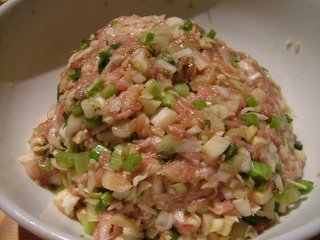
Set the filling mixture to one side for the flavours to mingle while you prepare the wonton skins.
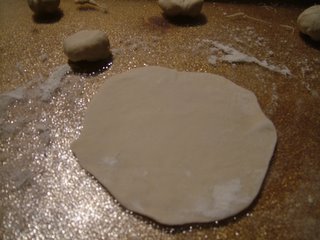 There’s a reason you used strong bread flour; the gluten in it will give you a very smooth, tough dough, which stretches easily and doesn’t break and snap. Looking at your ball of dough, I realise it is hard to imagine that you’ll get sixty bits out of it large enough to make into wrappers. Trust me; you will. It’s stretchy stuff. Start by dividing it into two, then divide each of those bits into three. The remaining small pieces are easy to chop into ten equal-sized bits.
There’s a reason you used strong bread flour; the gluten in it will give you a very smooth, tough dough, which stretches easily and doesn’t break and snap. Looking at your ball of dough, I realise it is hard to imagine that you’ll get sixty bits out of it large enough to make into wrappers. Trust me; you will. It’s stretchy stuff. Start by dividing it into two, then divide each of those bits into three. The remaining small pieces are easy to chop into ten equal-sized bits.
Roll each piece into a rough circle on a floury board. You don’t need to be terribly accurate with these; the tops will be frilly anyway, so don’t worry if, like me, you suddenly start acting like someone with fewer than the full complement of fingers when faced with dough and a rolling pin. When you’ve rolled your little wrapper, put it on a plate; you can stack the others on top of it and they won’t stick together.
 When all your wrappers are made, put one on the board and place a teaspoon of the mixture (this is quite easy to judge if you make the spoonful about the size of the ball of dough that went to make up one wrapper) in the middle of it. Moisten a semicircle around the edge of the dough (don’t moisten all the way round or it won’t stick), and push the two halves of the circle together, crimping the edges as you go.
When all your wrappers are made, put one on the board and place a teaspoon of the mixture (this is quite easy to judge if you make the spoonful about the size of the ball of dough that went to make up one wrapper) in the middle of it. Moisten a semicircle around the edge of the dough (don’t moisten all the way round or it won’t stick), and push the two halves of the circle together, crimping the edges as you go.
 I am full of admiration for dim sum chefs, with their lightness of finger and artistry when faced with wrappers. Some of them even make them look like fish or little bunny rabbits. My own are always functional, and never pretty. Anyway; crimp away, and if you’re even half good at this, you’ll end up with something that looks prettier than this picture.
I am full of admiration for dim sum chefs, with their lightness of finger and artistry when faced with wrappers. Some of them even make them look like fish or little bunny rabbits. My own are always functional, and never pretty. Anyway; crimp away, and if you’re even half good at this, you’ll end up with something that looks prettier than this picture.
At this point, you can freeze the little dumplings. Line a container with floured greaseproof paper, put a layer of dumplings in, cover with more floured greaseproof paper, add another layer and so on until the container is full. Defrost before continuing to the next stage.
To cook, heat some vegetable oil in a thick-bottomed, non-stick (there is a reason the Americans call these things pot-stickers) frying pan, and when it is hot, slide the dumplings in carefully in one layer, their bottoms in the sizzling fat and their frilly tops pointing upwards. After about five minutes, pour water into the pan until it reaches halfway up the sides of the dumplings. Simmer over a medium heat without a cover until all the water has evaporated. The tops will be delicately steamed and the bottoms brown and crisp. Remove with a slotted skimmer.
These dumplings are traditionally served with black vinegar. (Chinese black vinegar, not the stuff you heathens put on chips.) I enjoy them with a good, sweet, bottled chili sauce mixed with a little soya sauce, alongside a nice cold beer.
 A quick post – I’m about to go out and start the New Year’s Eve celebrating, but thought I’d leave you some pictures of the rapidly growing kittens before heading off. Thanks again to Clare at Eatstuff for organising Weekend Cat Blogging.
A quick post – I’m about to go out and start the New Year’s Eve celebrating, but thought I’d leave you some pictures of the rapidly growing kittens before heading off. Thanks again to Clare at Eatstuff for organising Weekend Cat Blogging.


